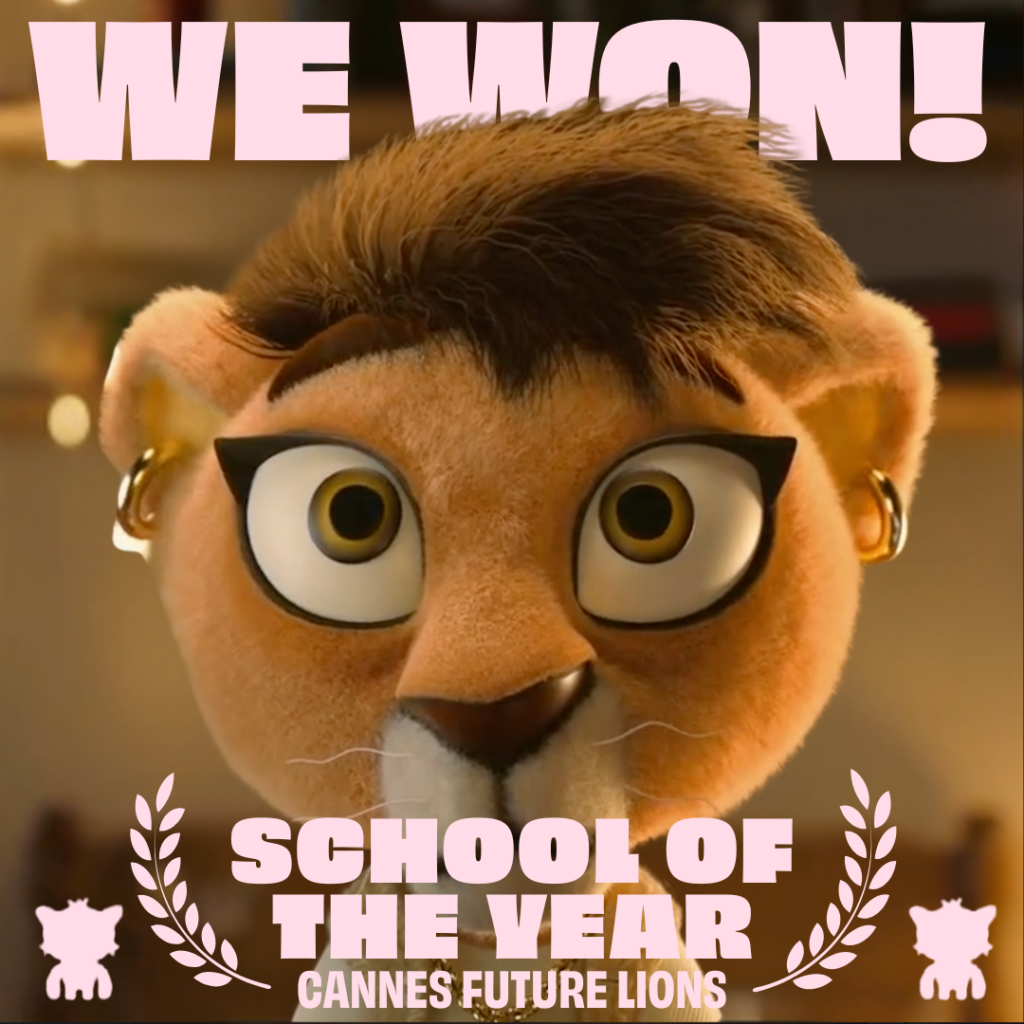It’s not rare, as a young creative, to focus on making a unique mark on the world. And as a talented person full of good ideas, it’s easy to convince oneself that the work you’re doing is different than anything that’s come before.
But as Picasso (and many others) once said, “good artists copy, and great artists steal”.
New ideas are amalgamations of the old. And all artists stand on the shoulders of the ones who came before.
That being said, the point is not to venerate the past greats to a point of worship. The goal in analyzing old work is, if anything, to humanize the creatives behind your favorite campaigns—to understand their thought process, and adopt the best bits for yourself.
“McMansions” Burger King
McMansions captured public imagination by playing to our love for gossip. Like the buzz from Will Smith’s Oscar outburst, it’s a campaign that allows us to enjoy the vicarious experience of public drama.
It’s also the perfect bait for news coverage. Edgy, spicy, and just the littlest bit controversial (*gasp* “have brands gotten too personal!?”) the articles almost write themselves.
“The Proud Whopper” Burger King
In contrast to a campaign like McMansions, The Proud Whopper isn’t all about the controversy. Naturally, there will be those whose archaic views are triggered by the subject matter…but for Burger King, as Fernando mentioned in class, the focus is on aligning the brand with, as he put it, “the right side of history”.
“Real Beauty” Dove
Like The Proud Whopper, Dove’s Real Beauty campaign aligns the brand’s voice with a positive message. Here, though, the subject is a commentary on the state of their own industry. After all, the cosmetics business has spent decades profiting from insecurity.
So, talk about leading the conversation. With one campaign, Dove positions itself as the beauty company that accepts you as you are. In the decade since, dozens of brands (both old and new) have attempted to follow suit.
“Man Boobs” MACMA
To avoid social media censorship of showing women’s breast and nipples in demonstrating how to examine for breast cancer MACMA created a video using Henry and his “manboobs”.
David Buenos Aires has created a video for Argentina’s Movimiento Ayuda Cáncer de Mama (MACMA) , which translates to the Breast Cancer Help Movement. The short film “challenges breast censorship when it comes to showing women’s breasts to talk about breast cancer prevention” in a funny way by showing man boobs instead to show women how to check for signs of breast cancer.
Within the first week the video had 48M views, 193 media impressions, 700k+ shares and $17M of earned media and created a worldwide debate on social media censorship policies.
“Manboobs” is the most successful breast self-examination video ever.

















